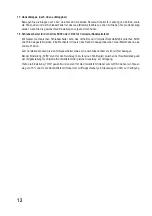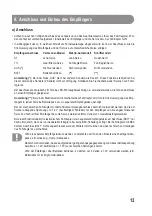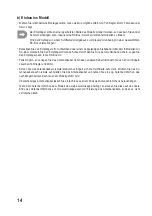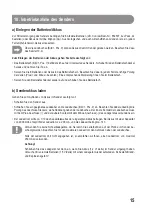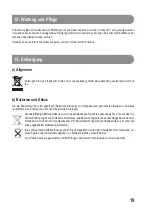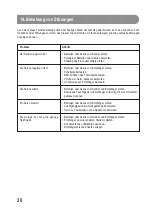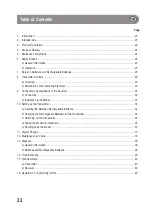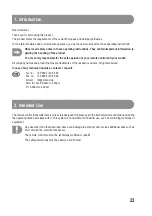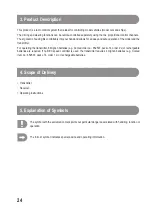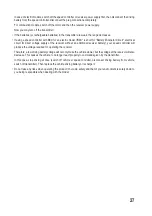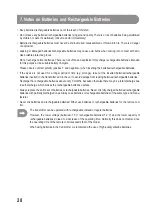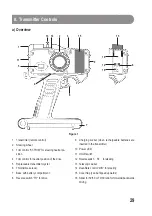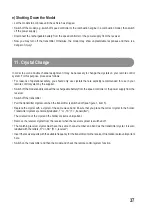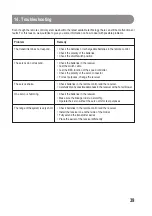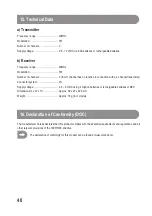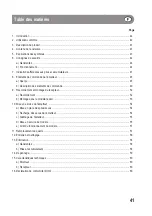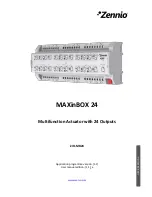
26
Transmitter and receiver of the vehicle must have a crystal with the same frequency. Only then can the vehicle
respond to the transmitter. It is important for this that a transmitter crystal is inserted in the transmitter (usually
labelled “T” or “TX”) and a receiver crystal in the receiver (labelled “R” or “RX”).
• Pull out the telescopic aerial of the transmitter completely. A short aerial will cause the range to be much shortened.
Do not exert any force when pulling out/pushing in the telescope aerial.
• The aerial wire of the receiver in the vehicle must be placed in an aerial tube. The aerial tube is inserted vertically in
a special bracket in the vehicle. Let excess aerial cable simply protrude loosely from the top of the aerial tube.
Never cut off the aerial wire, never wind up the aerial wire. This reduces the range extremely.
• When putting the device into operation, always turn on the transmitter first. Check that the function LED lights up. If
this is not the case, check that it is inserted in the right direction or replace the batteries/rechargeable batteries with
full ones.
Place the model on an appropriate surface so that the drive can turn freely. Never reach into the drive!
Only then can the receiver in the model be turned on (turn on the receiver or the speed controller unit power supply).
Otherwise, the model might show unpredictable responses!
• Before operating the model, check whether the stationary model reacts as expected to the commands of the remote
control.
Every time you operate the car you must check and, if necessary, adjust the settings of the trim regulator for forward/
reverse driving as well as those for steering at the transmitter.
Set the trimming for throttle/brake at the transmitter so that the engine no longer turns when the throttle/brake lever
is released (neutral position).
Finally set the trim for steering so that it is about straight. The exact setting for straight driving can be performed
during a drive.
• When you operate the model, always make sure that no parts of your body, nor other people or objects come within
the dangerous range of the motors or any other rotating drive parts. Never reach into the drive. Never hold your
model vehicle by the wheels, and never reach into the rotor of a model ship.
• Never point the aerial directly at the model. This decreases the range. The maximum range will be achieved when
the telescopic aerial of the transmitter is at a 90 degree angle to the vehicle aerial.
• Improper operation can cause serious damage to people and property! Always make sure that the model is in direct
visual contact and do not operate it at night.
• Do not operate your model if your ability to respond is unrestricted. Fatigue or the influence of alcohol or medication
can lead to wrong responses.
• Operate your model in an area where you do n
t endanger other people, animals or objects. Only operate it on
private sites or in places which are specifically designated for this purpose.
Don’t drive towards animals or people!
• Do not operate your RC system during thunderstorms, under high-voltage power lines or in the proximity of radio
masts.
• In case of a fault stop operating your model straight away and remove the cause of malfunction before you continue
to use the model.
• As long as the model is in operation you must always leave the transmitter switched on.
• If you want to stop operating the model, switch off the model first.

